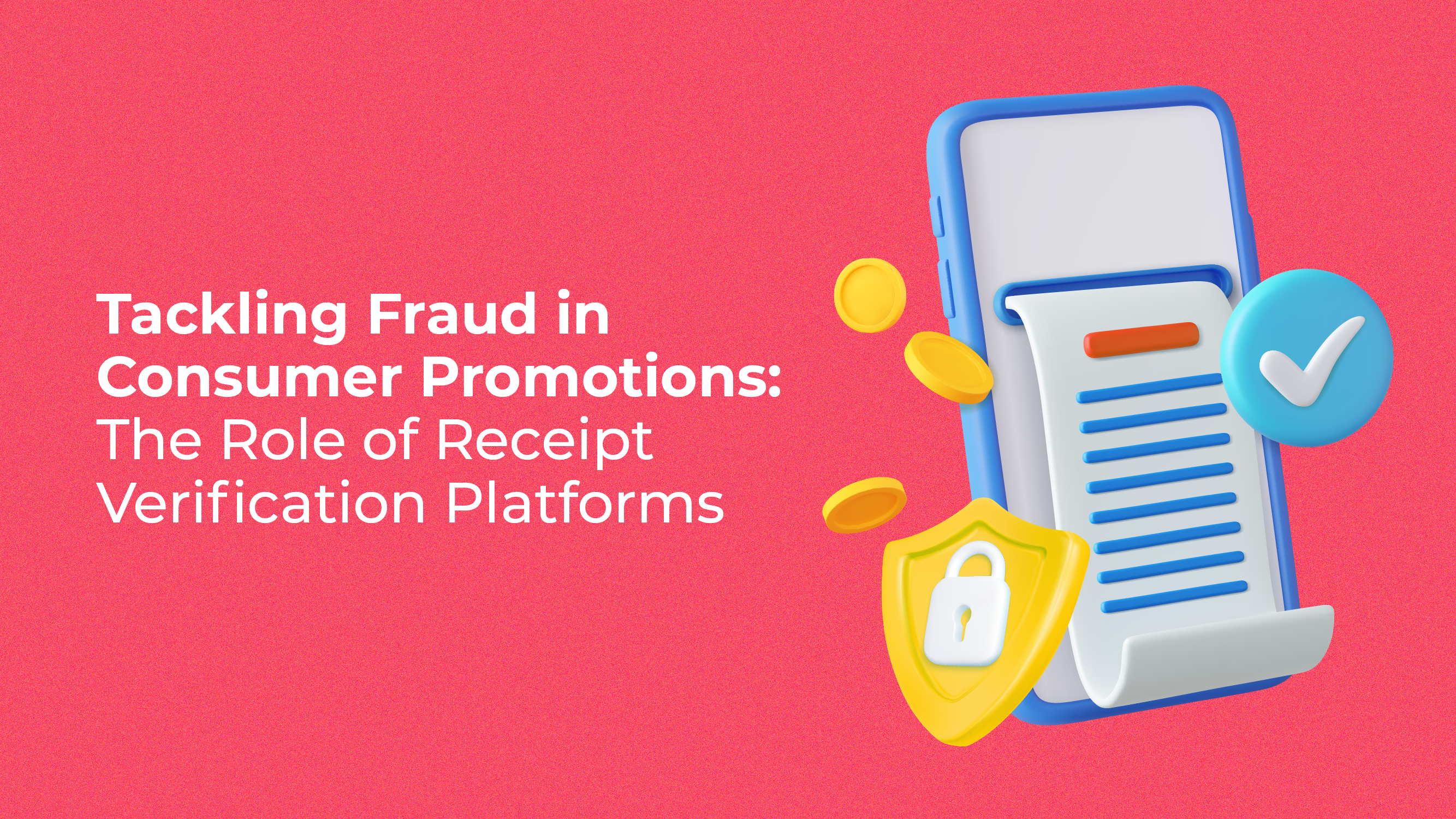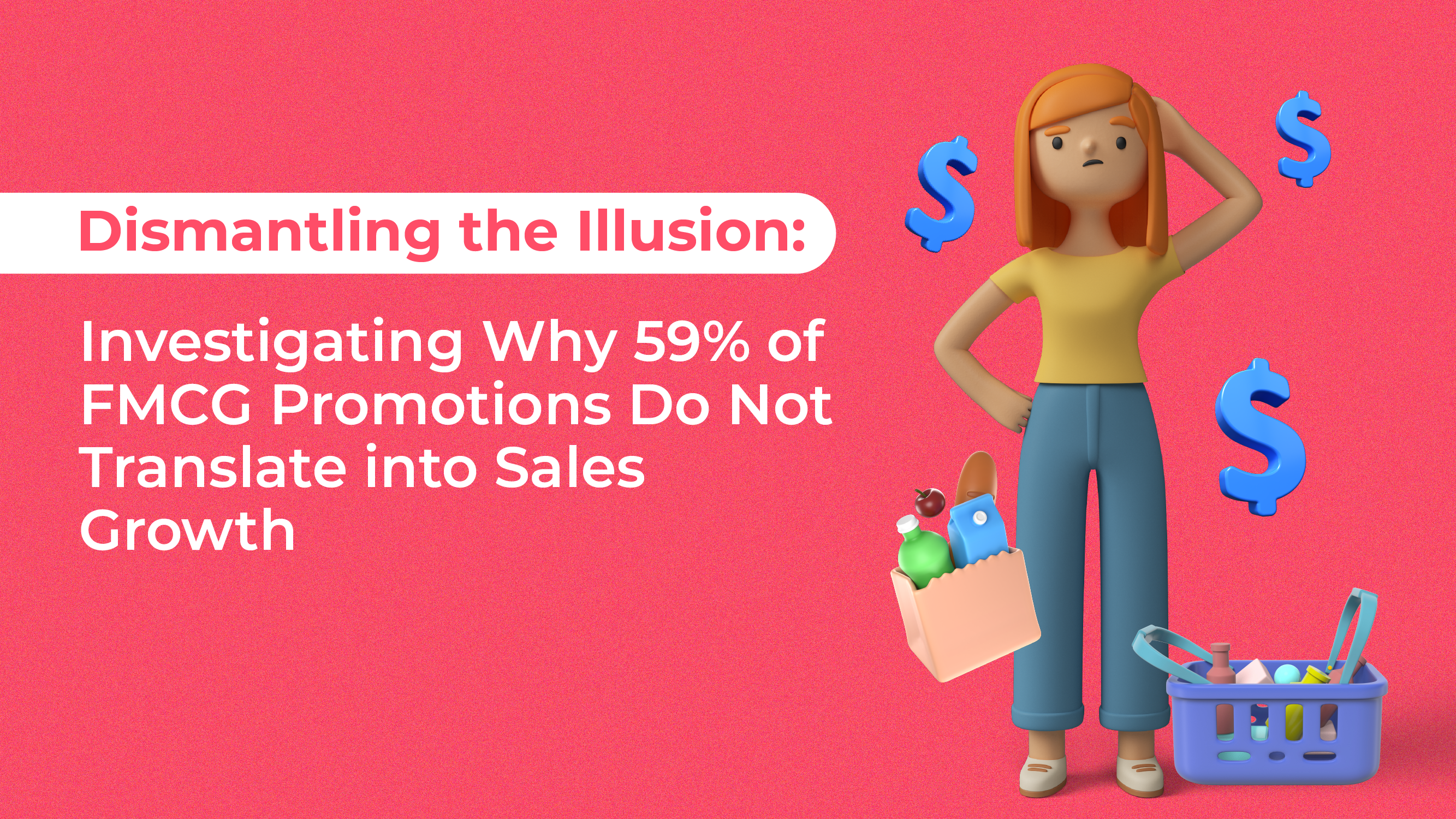Expanding too quickly is a problem with most restaurants. While more business is always great, it is important to maintain what you already have before moving on, especially your inventory.
Failure to manage your inventory comes down to those initial stages. When you don’t take the time to sort things out during your developing stages, you are setting yourself up for problems in the future.
To prevent failure in this department, here are 3 tips to help you manage your inventory efficiently.
1. Use Automation to Prevent Human Error
As humans, we are prone to making mistakes. Even the most meticulous people cannot be perfect all the time. While managing your inventory manually, mistakes and miscalculations are bound to happen.
To prevent these mistakes, consider mapping out these items using an inventory management software, POS System, or simply an Excel sheet.
Assign at least 2 employees to manage inventory. This ensures a safety net should careless mistakes occur. Structure your inventory sheet according to your kitchen layout. This will help your employees work in a consistent manner.
This is especially important if you are planning on expanding. Having a clear view of your inventory will help give you an accurate estimate of costs.
2. Conduct Weekly Checks of Your Inventory [restrict]
Like anything in life, having a routine helps ensure consistency and long-term sustainability. You probably have a daily, weekly and monthly routine when it comes to different aspects of managing your restaurant.
Taking inventory shouldn’t be a chore. Your inventory helps you determine your restaurant’s menu and strategy.
Practice taking your inventory at the same time of day, on the same day of the week. If you don’t, you will notice inconsistencies in your records that could be harmful in the long-run. Performing a consistent routine week after week ensures that your data is reliable and accurate.
3. Understand Your Losses
One of the problems with inventory in the restaurant business comes from over-estimating. When you purchase too many ingredients but are unable to store them properly, they will go bad. This will end up costing you a lot in the long-run, especially if you do not take steps to make sure it doesn’t happen again.
Understanding how and why these losses occur is the key to preventing them. These mistakes are usually a cause of human error, but that doesn’t mean they can’t be managed. One of the hardest things to estimate are perishables, as they spoil if they are not used.
You should take a note of where these points of losses are and manage them before expanding. If you expand without addressing theses issues, they will only get worse as you go along.
The 3 key-issues mentioned in this article extend beyond inventory management. No matter how nice your restaurant, food and promos are, the back-end management is just as important. Many restaurants suffer losses because they fail to manage their inventory well.
Actionable Takeaway:
If you plan on expanding, ensure that your inventory is well managed before proceeding. Your inventory gives you a comprehensive overview of costs and strategies that are available to you. By addressing them, you will be in a position to expand while minimizing the risk that comes with bad inventory management.
[/restrict]










